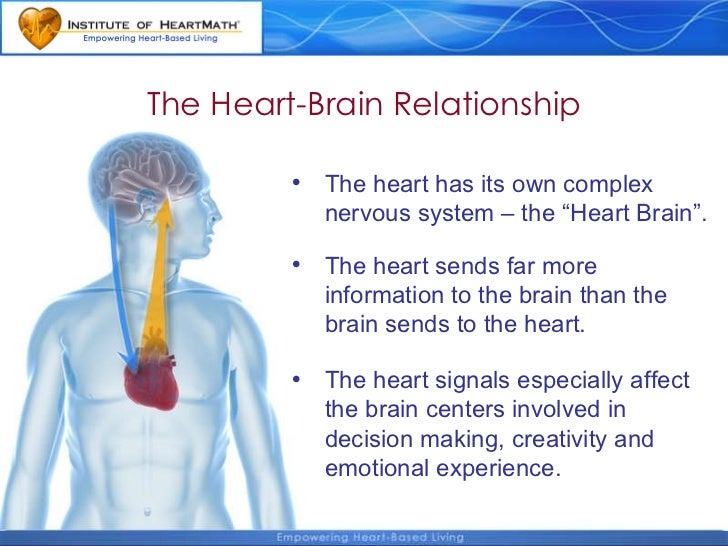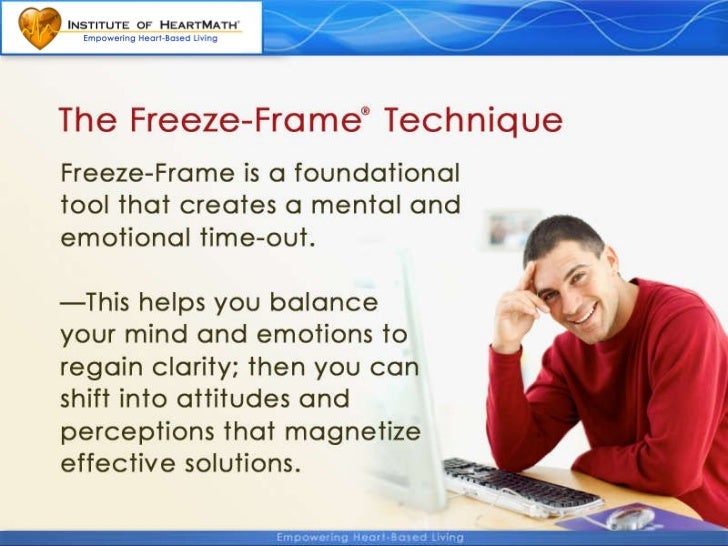

HRV is also a marker of biological aging. A simple analogy helps to illustrate this point: just as the shifting stance of a tennis player about to receive a serve may facilitate swift adaptation, in healthy individuals the heart remains similarly responsive and resilient, primed and ready to react when needed. As a marker of physiological resilience and behavioral flexibility, it reflects our ability to adapt effectively to stress and environmental demands. Scientists and physicians consider HRV to be an important indicator of health and fitness. Using your pulse data, it provides a picture of your HRV-plotting the natural increases and decreases in your heart rate occurring on a continual basis. However, the emWave technology allows you to observe your heart’s changing rhythms in real time. The moment-to-moment variations in heart rate are generally overlooked when average heart rate is measured (for example, when your doctor takes your pulse over a certain period of time and calculates that your heart is beating at, say, 70 beats per minute). The analysis of HRV therefore serves as a dynamic window into the function and balance of the autonomic nervous system. The sympathetic and parasympathetic branches of the ANS are continually interacting to maintain cardiovascular activity in its optimal range and to permit appropriate reactions to changing external and internal conditions. The sympathetic nerves act to accelerate heart rate, while the parasympathetic (vagus) nerves slow it down. The normal variability in heart rate is due to the synergistic action of the two branches of the autonomic nervous system (ANS)-the part of the nervous system that regulates most of the body’s internal functions. Note that variation in the time interval between consecutive heartbeats, giving a different heart rate (in beats per minute) for each interbeat interval. This diagram shows three heartbeats recorded on an electrocardiogram (ECG). Heart rate variability is a measure of the beat-to-beat changes in heart rate.


This naturally occurring beat-to-beat variation in heart rate is called heart rate variability (HRV). Rather than being monotonously regular, the rhythm of a healthy heart-even under resting conditions-is actually surprisingly irregular, with the time interval between consecutive heartbeats constantly changing. Scientists and physicians now know, however, that this is far from the case. The heart at rest was once thought to operate much like a metronome, faithfully beating out a regular, steady rhythm. The Quick Coherence technique, a tool from the HeartMath System, is a simple and effective way to bring your body systems into synchronous operation allowing you to move through life in a state of ease. At this point, the rhythms of all three systems came into entrainment: notice that the rhythmic patterns are harmonious and synchronized with one another instead of scattered and out-of-sync. At the 300-second mark (center dashed line), the individual used HeartMath’s Quick Coherence® technique to activate a feeling of appreciation and shift into the coherence state. The top graphs show an individual’s respiration rhythm, heart rate variability, and blood pressure rhythm (pulse transit time) over a 10-minute period. Physiological entrainment during coherence. The diagram below illustrates some physiological patterns before and after inducing a state of Coherence. This allows us to operate in a more efficient manner in all areas of life. We can re-synchronize our body systems by creating a state of Coherence and thus improving our mental focus, emotional stability and physical resilience.

We fix our car by adjusting the timing so that the spark plugs fire with the proper order and synchronization. This means that our autonomic nervous system, hormonal system and immune system are not working in a synchronized manner. When they are out of sync, they work, just not as well as they could. This means the spark plugs are not firing in a synchronized manner. This can be due to many factors, one of which could be that the timing is off. Most of us have experienced driving our car and knowing it is not running well. Partner of the Policy Academy of the Netherlands.The Resilient Heart™ – Trauma-Sensitive HeartMath® Certification.HeartMath Intensive: Certified Coach & Trainer Program.Building Personal Resilience™ - HeartMath Coach Certification program (online with live trainer).HeartMath Basics for Professionals (online with live trainer).Overview of our trainings for professionals.
#HEARTMATH HEART FOCUSED BREATHING FREE#
The HeartMath Experience (online - free access).More resilience, less stress - In 3 steps to a higher coherence (online).Getting started with heart coherence yourself? Choose what suits you.


 0 kommentar(er)
0 kommentar(er)
